什么是 Elementor 可访问性?
![图片[1]-提升 Elementor 网站可访问性的全面指南:确保包容与合规的最佳实践-光子波动网 | 专业WordPress修复服务,全球范围,快速响应](https://www.361sale.com/wp-content/uploads/2024/06/2024061414354835.png)
无障碍的 Elementor 网站是指所有访问者(包括残障人士或有障碍的人)都能轻松访问和理解的网站。这意味着使用各种工具或技术,使互联网对所有人都更容易使用。
Elementor 和网络可访问性还涉及遵循特定的设计原则,以确保有特殊需求的用户也能顺利使用网站。
什么是 ADA 合规性?
ADA 合规性是指遵守《美国残疾人法案》的无障碍设计标准。这些标准要求公共生活的各个领域(包括网站)都要为所有人,尤其是残障人士,提供平等的访问机会。
虽然 ADA 准则中没有明确规定网站的合规性,但网站被视为公共生活的一部分。因此,网站所有者可以遵循 Web 内容可访问性指南 (WCAG) 2.1 来确保合规。
构建 Elementor 网站时需要考虑的四个主要因素:
![图片[2]-提升 Elementor 网站可访问性的全面指南:确保包容与合规的最佳实践-光子波动网 | 专业WordPress修复服务,全球范围,快速响应](https://www.361sale.com/wp-content/uploads/2024/06/2024061414474187.png)
- 内容必须可见 用户通过视觉来研究和吸收你网站的内容,包括文本大小、字体、页面布局和颜色。然而,对于有障碍的用户,网站必须提供其他方式来吸引他们。确保为各种媒体元素添加标题或副标题,并结合使用屏幕阅读器(文本转语音)功能,可以帮助将文本转换为音频,提供良好的用户体验。
- 内容应该易于理解 网站内容应该易于阅读、理解和浏览。这包括使用适当的字体大小、样式和颜色对比度,提高可读性;使用简单的语言确保理解;以及简洁清晰的网站设计以便于导航。还可以添加图像和视频等多媒体元素,以增强内容的理解和吸引力。
- 用户界面应该具有功能性 用户将通过不同的设备、屏幕尺寸以及硬件组件(如鼠标或键盘)访问您的网站。因此,网站应适应尽可能多的用户需求,使他们无论使用什么设备,都能轻松浏览和互动。例如,在页面重新加载之前,给用户足够的时间阅读确认消息;通过站点搜索或跳过导航链接支持轻松导航。这有助于创建一个功能齐全且流畅的网站。
- 网站或网络应用必须可靠 网站应适应不同的操作系统和浏览器,以容纳大量用户。在开发阶段使用正确的工具和技术,可以实现这一目标。另外,支持一定限度的过时浏览器版本,并根据技术标准(如 CSS 标准)验证网站,确保其正常运行。
如何提高 Elementor 的可访问性
![图片[3]-提升 Elementor 网站可访问性的全面指南:确保包容与合规的最佳实践-光子波动网 | 专业WordPress修复服务,全球范围,快速响应](https://www.361sale.com/wp-content/uploads/2024/06/2024061414564283.jpg)
使用 Elementor,可以利用内置的可访问性改进功能,这些功能会自动帮助提升网站的可访问性。
除此之外,还有其它多种方法可以让你的 Elementor 网站更具可访问性。以下是一个 Elementor 网络可访问性检查表,帮助你设计出色的网站:
- 字体系列和大小
选择合适的字体系列和大小,以适应更广泛的受众和不同的屏幕尺寸。在 Elementor 中,可以通过网站主题访问大量字体类型,预先配置字体大小,甚至可以更改各个页面的字体大小。选择的字体应该具有良好的可读性、适当的粗细以及合适的高度和宽度,以提高内容的可访问性。考虑使用大多数浏览器默认的 16px 字体大小,并设置 REM 单位,以允许用户在其设备上按比例缩放字体。
![图片[4]-提升 Elementor 网站可访问性的全面指南:确保包容与合规的最佳实践-光子波动网 | 专业WordPress修复服务,全球范围,快速响应](https://www.361sale.com/wp-content/uploads/2024/06/2024061414303096.png)
- 确保适当的颜色对比度
颜色对比度是背景和前景颜色之间的差异。为了让你的网站可读且易于访问,颜色对比度和字体同样重要。
按照 WCAG 指南选择正确的颜色组合,确保不透明度设置为 100%,并使用 Elementor 中的背景覆盖小部件使背景变暗,从而使文本更突出。
- 在表单中添加文本标签
如果你的网站有联系表格或注册表,确保表格字段和其它元素有文本标签,这样所有人都能轻松使用。
想尝试更多字体样式?可以查看如何向 Elementor 添加自定义字体,以增强网站的美感和内容。
- 为图像添加 Alt 属性
图像和其它媒体元素应附带标题和 alt 属性(alt 标签),为视障用户提供访问内容的另一种方式。
这样不仅能帮助视障用户通过屏幕阅读器访问内容,还能改善你网站在图像结果中的 SEO。
![图片[5]-提升 Elementor 网站可访问性的全面指南:确保包容与合规的最佳实践-光子波动网 | 专业WordPress修复服务,全球范围,快速响应](https://www.361sale.com/wp-content/uploads/2024/06/2024061414315282.png)
要为视觉元素添加替代文本,单击样式选项卡中的图像,在媒体窗口中添加替代文本、标题和说明。
![图片[6]-提升 Elementor 网站可访问性的全面指南:确保包容与合规的最佳实践-光子波动网 | 专业WordPress修复服务,全球范围,快速响应](https://www.361sale.com/wp-content/uploads/2024/06/2024061414320050.png)
- 让你的设计具有响应性
在这个数字时代,创建一个高度互动和响应的网站至关重要。考虑到用户通过不同设备访问网站,创建响应式设计非常重要。
收集访客最常用的屏幕尺寸数据,并为不同尺寸创建相应的布局。在较大屏幕上使用较小的文本、多列和足够的行高,而在较小屏幕上使用隐藏的导航选项、较大文本和单列内容。
Elementor 的响应式模式功能允许你查看网站在不同屏幕尺寸下的显示效果。只需点击 Elementor 菜单底部的响应式模式图标即可查看网页。
![图片[7]-提升 Elementor 网站可访问性的全面指南:确保包容与合规的最佳实践-光子波动网 | 专业WordPress修复服务,全球范围,快速响应](https://www.361sale.com/wp-content/uploads/2024/06/2024061414321873.png)
- 添加 ARIA 标签
ARIA 标签可以提高 Elementor 的可访问性,为元素提供更多信息。例如,可以添加 ARIA 标签来突出显示按钮或复选框,或显示元素是否启用。
这样视障人士可以了解网站上的各种元素,提升网站体验的包容性。
- Contact form
使用 REM 大小来缩放字体是增强联系表单可访问性的好方法。REM 单位将字体大小相对于根元素的大小进行调整,确保字体在不同屏幕尺寸上保持一致且可读。
考虑到许多残障访客使用键盘浏览网站,确保使用 Tab 键在表单字段之间轻松导航。如果使用 Elementor 的 Form Widget,它会默认处理此功能。
- 支持键盘导航
为了确保 Elementor 符合 ADA 要求,你的网站还必须支持键盘导航。
在网站和应用上支持键盘导航和快捷键,不仅方便残障用户,也为所有用户提供更快的互动方式。
- 使用 HTML5 语义元素
HTML5 提供了有用的语义元素,如






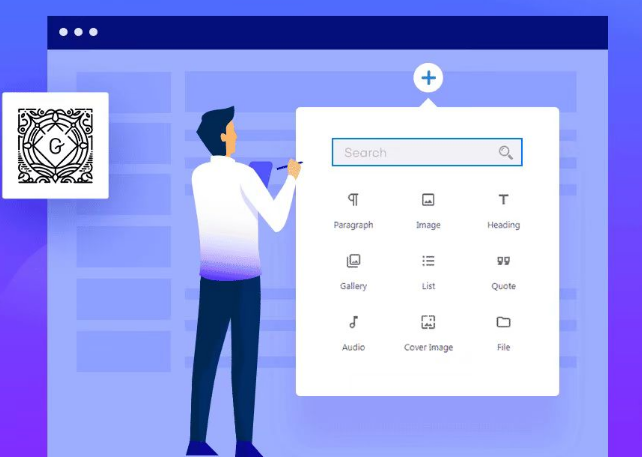

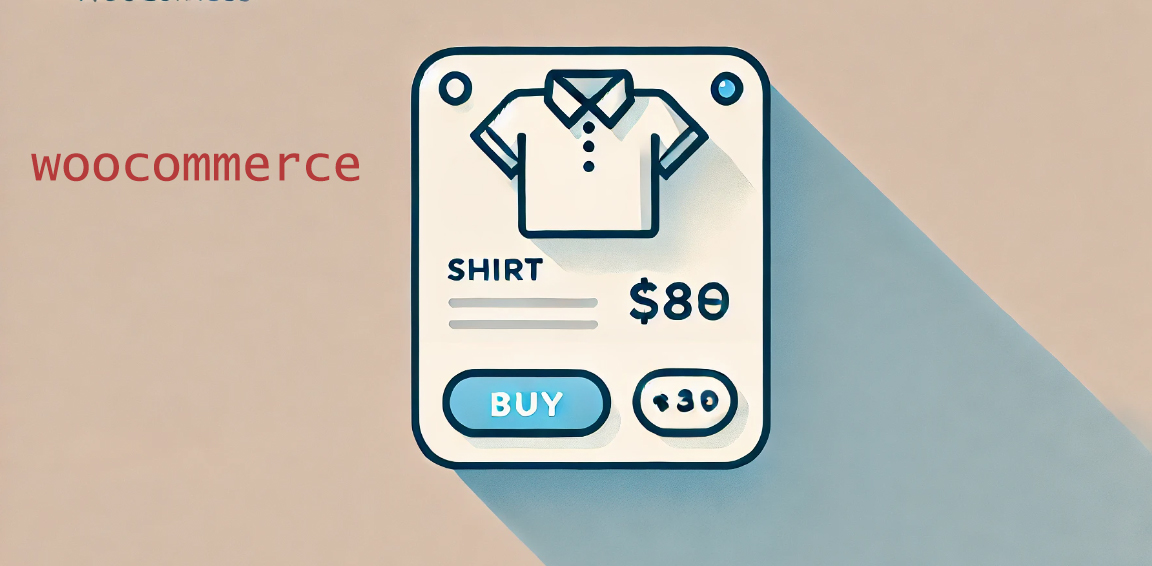









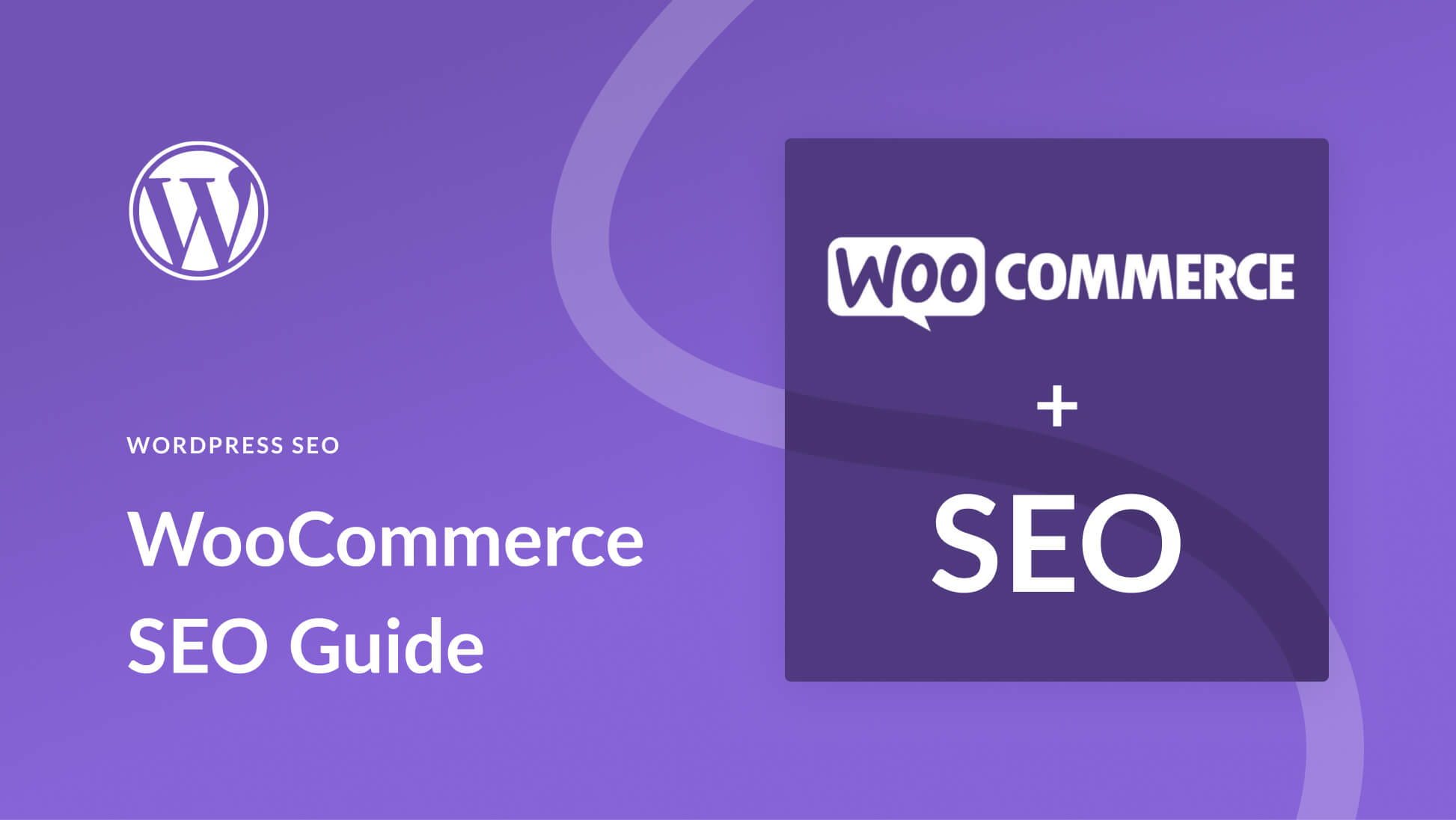
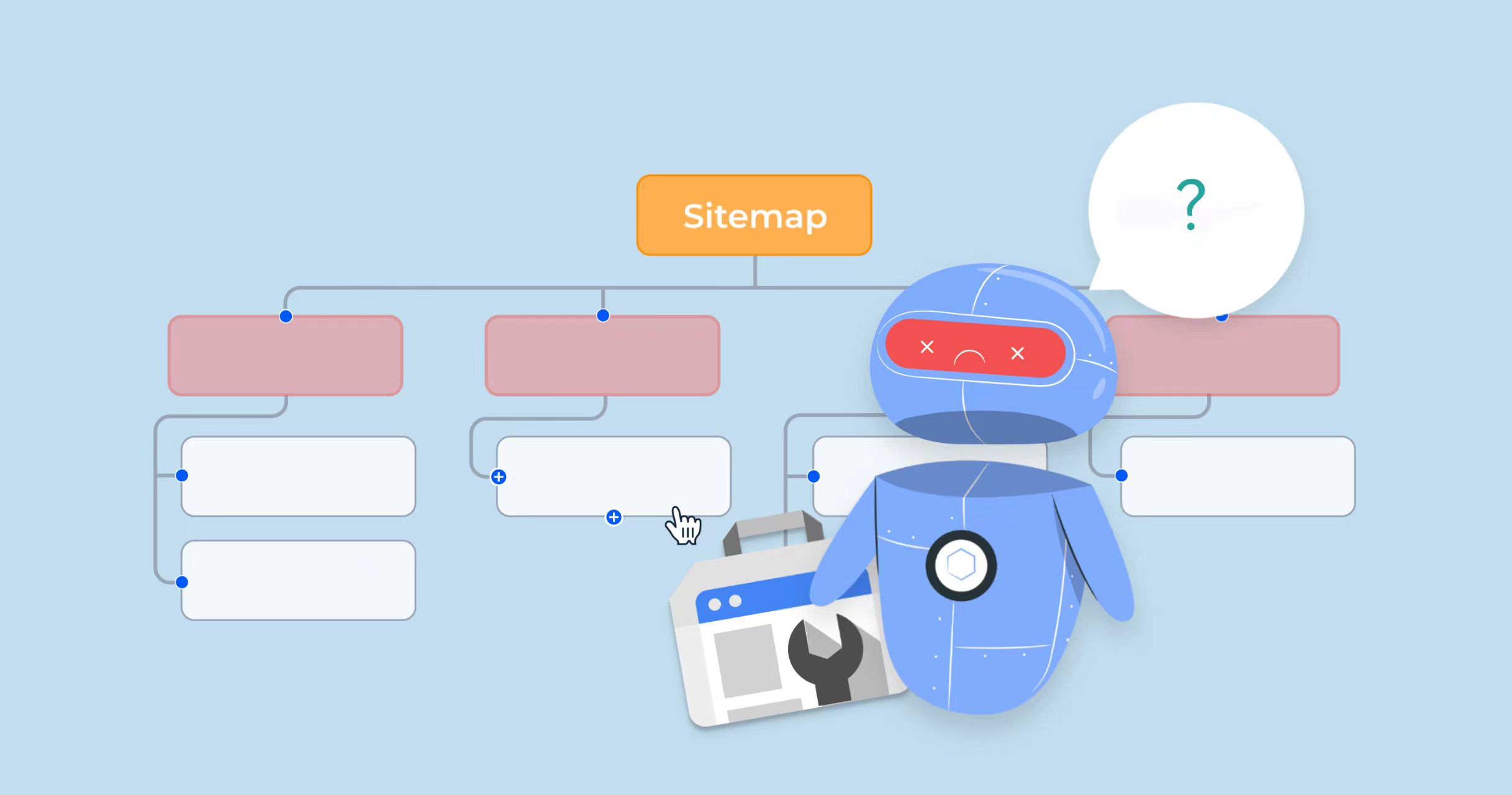
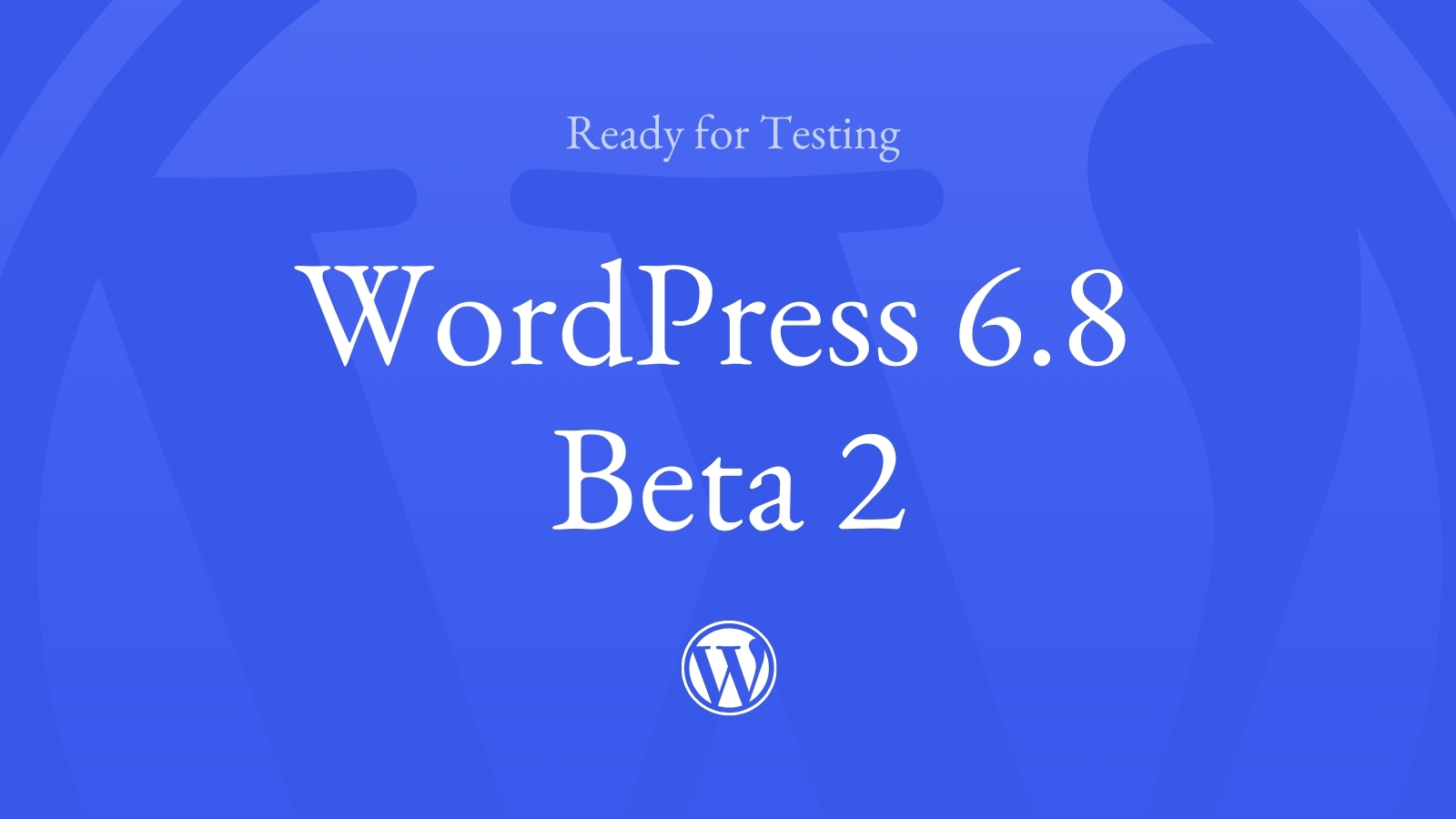





![Emoji[lenghan]-Photonflux.com | Professional WordPress Repair Service, Worldwide, Fast Response](https://www.361sale.com/wp-content/themes/zibll/img/smilies/lenghan.gif)









No comments